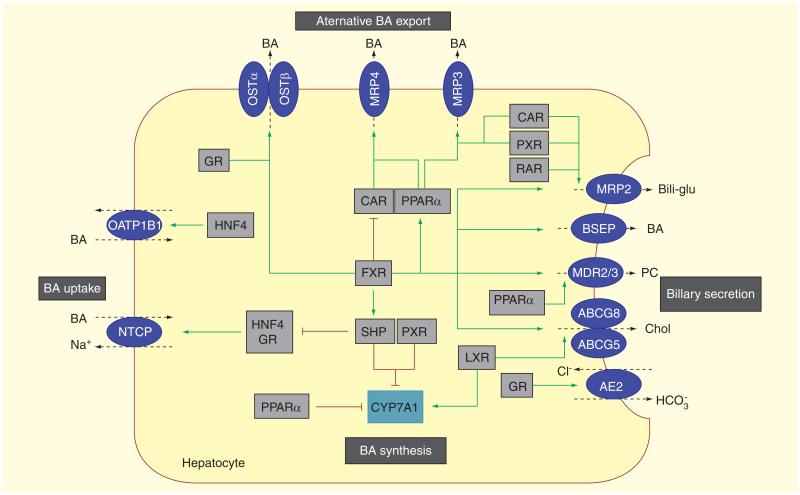Figure 3. Hepatocellular bile formation: expression of hepatobiliary transporters in hepatocytes determines hepatic bile acid flux and hepatocellular concentrations.
To ensure the balance between synthesis, uptake and excretion, expression of hepatobiliary transporters is tightly regulated by nuclear receptors that provide negative feedback and positive feed-forward mechanisms to control of intracellular concentration of biliary constituents. Several nuclear receptor pathways also influence CYP7A1, the rate limiting enzyme in BA synthesis. (A) Bile acid-activated FXR is a central player that has several effects: first, FXR represses (via interaction with HNF4 in rats and GR in humans) hepatic BA uptake NTCP. FXR also represses the synthesis of BA by CYP7A1; this effect involves SHP. Second, FXR promotes bile secretion via induction of canalicular transporters BSEP, MRP2, cholesterol efflux pump, ATP-binding cassette, subfamily G, member 5/8 [ABCG5/8], MDR3). Third, FXR induces BA elimination via alternative export systems at the hepatic basolateral (sinusoidal) membrane OSTα/β. (B)Other nuclear receptors, CAR and PXR, facilitate adaptation to increased intracellular BA concentrations by upregulation of alternative hepatic export routes (MRP 3 and MRP4) and induction of detoxification enzymes (not shown). Together with RAR, these receptors also regulate the canalicular expression of MRP2. (C) The cholesterol sensor, (LXR, promotes biliary cholesterol excretion via ABCG5/8. Stimulation of the expression of AE2 by GR stimulates biliary bicarbonate secretion thus reducing bile toxicity. Green arrows indicate stimulatory and red lines suppressive effects on target genes. In addition to these transcriptional mechanisms, post-transcriptional processes (e.g., vesicular targeting of transporters to the membrane, phosphorylation of transport proteins) and modification of the bile through cholangiocytes (e.g., bicarbonate secretion) also play an important role in bile formation (not shown). AE2: Anion exchanger 2; BSEP: Bile salt export pump; Bili-glu: Bilirubin glucuronide; BSEP: Bile salt export pump; CAR: Constitutive androstane receptor; CYP7A1: Cholesterol-7a-hydroxylase; FXR: Farnesoid X receptor; GR: Glucocorticoid receptor; HNF4: Hepatocyte nuclear factor 4; LXR: Liver X receptor;MDR3: Multidrug resistance3; MRP: Multidrug resistance-associated protein; NTCP: Na+-dependent taurocholate co-transporting polypeptide; OSTα/β: Organic solute transporter alpha and beta; PC: Phosphatidylcholine; PXR: Pregnane X receptor; RAR: Retinoic acid receptor; SHP: Small heterodimer partner.
Reproduced with permission from [6].

